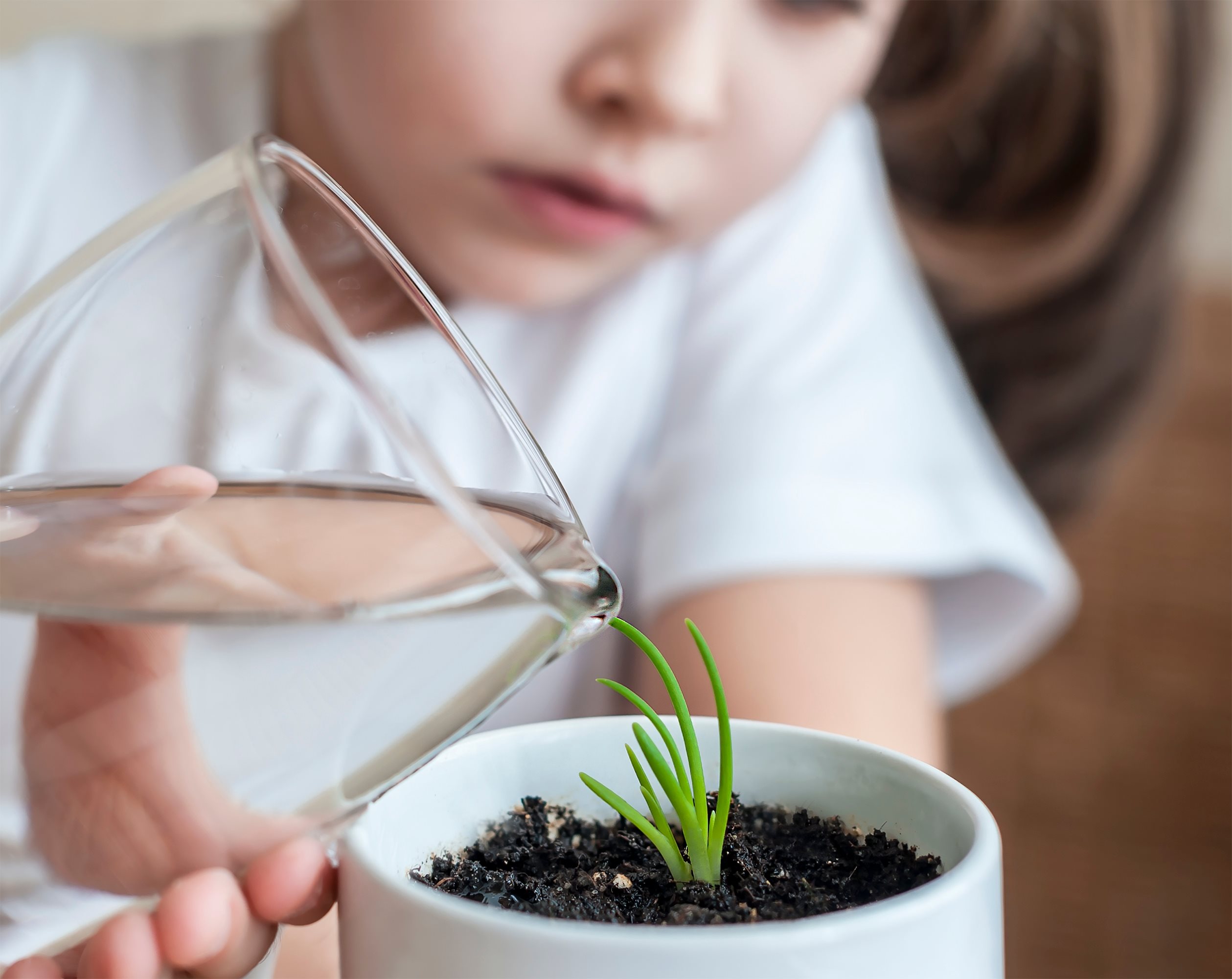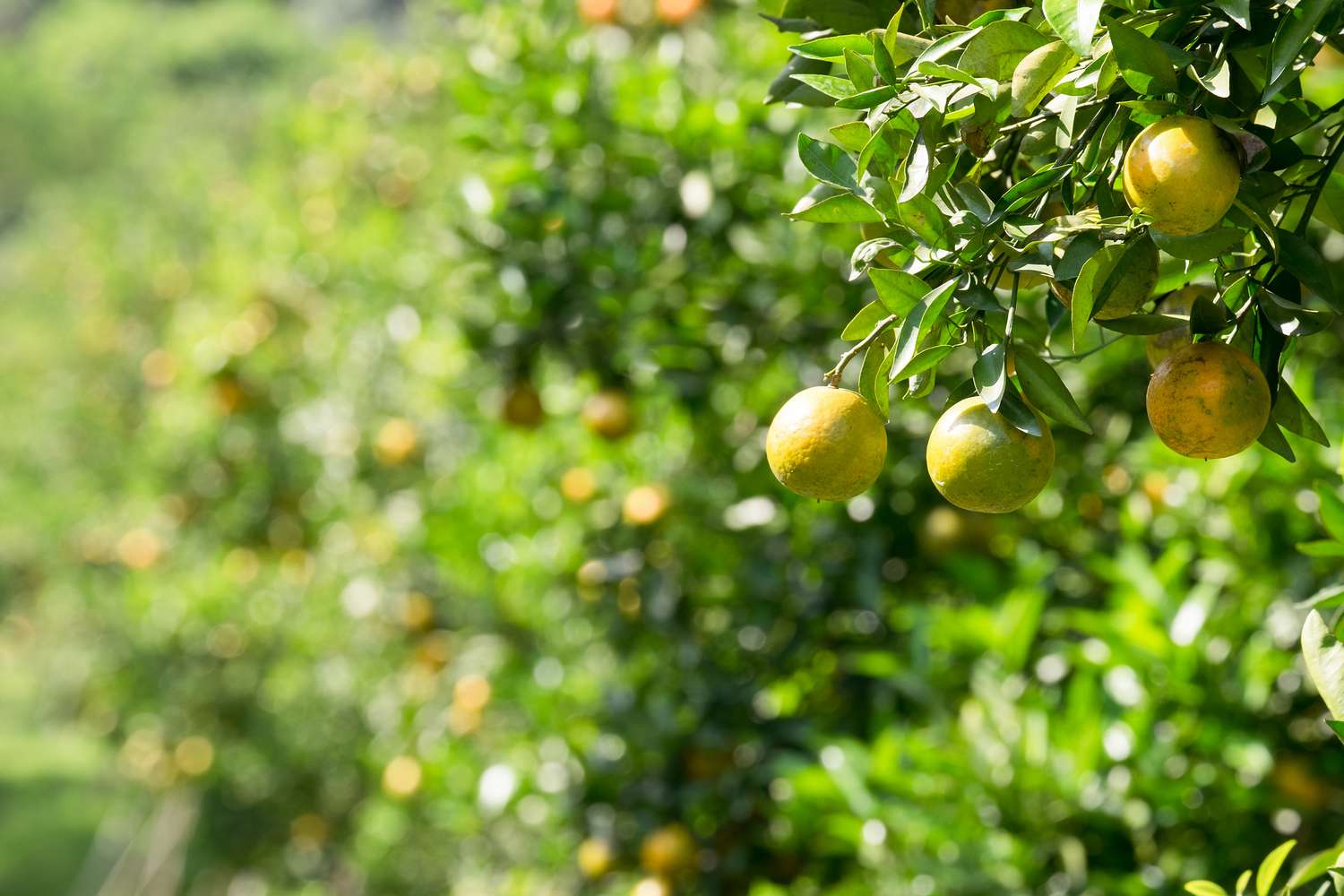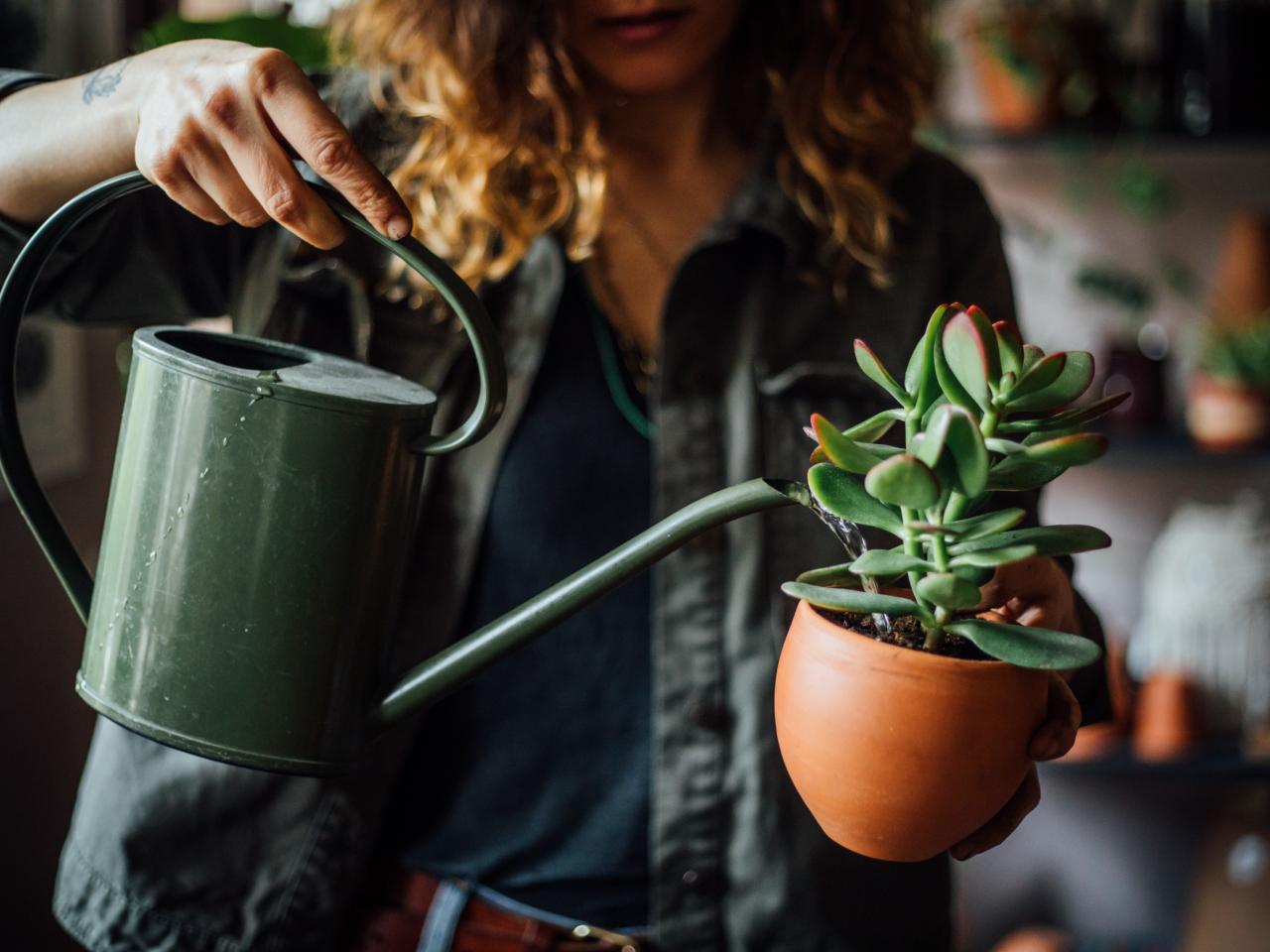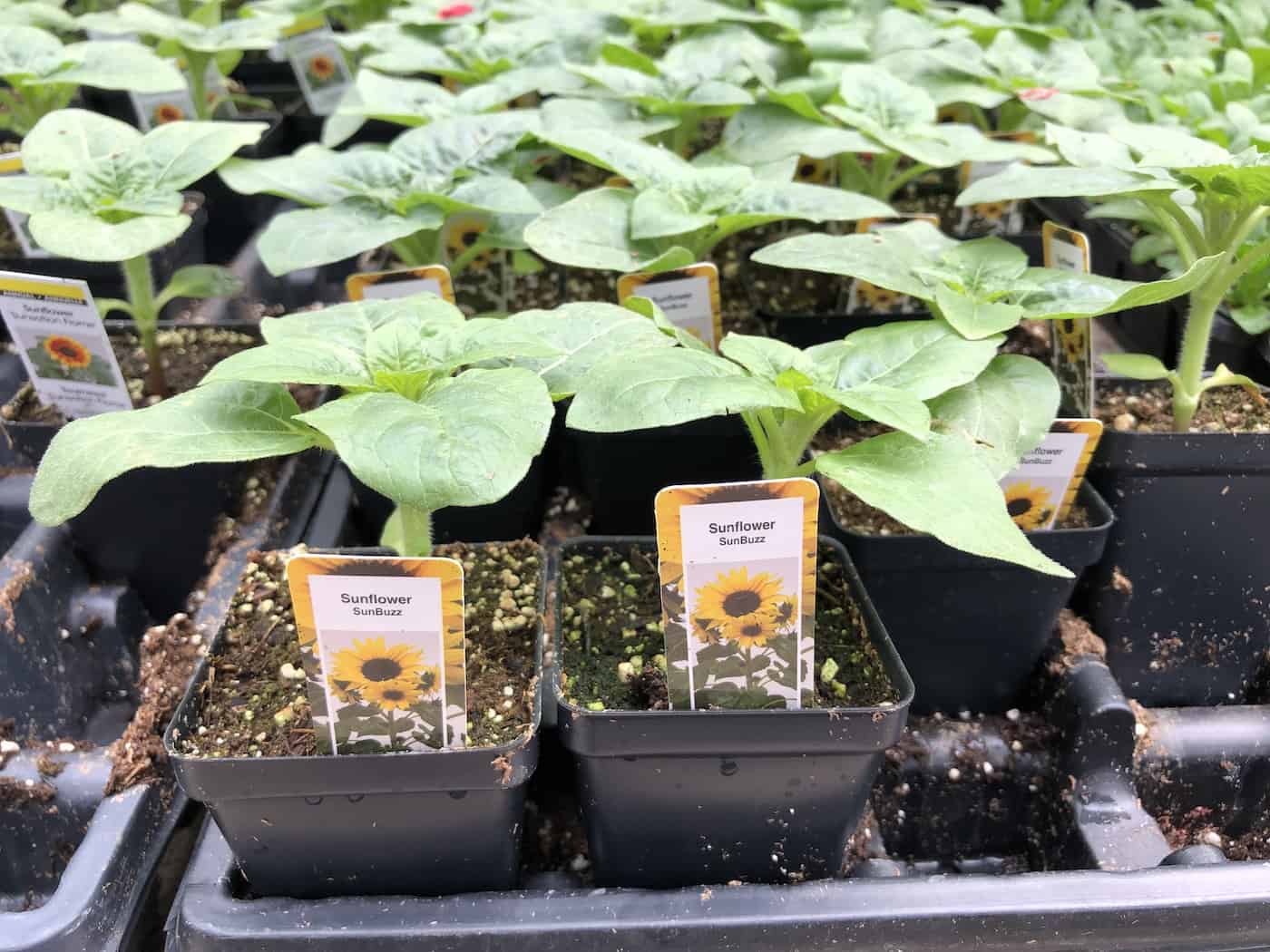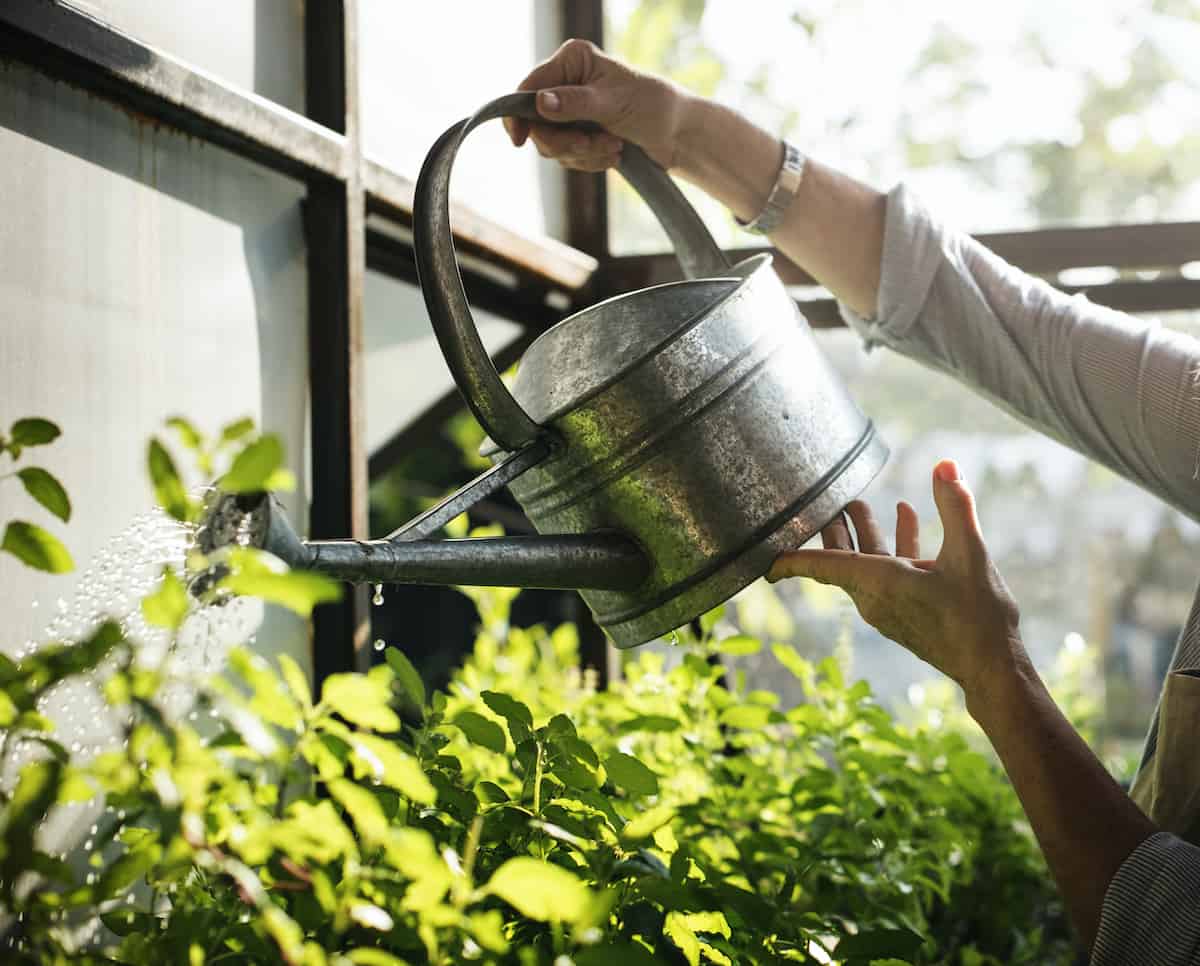Home>Gardening Techniques>Plant Care>How Often Do You Water A Bonsai Tree


Plant Care
How Often Do You Water A Bonsai Tree
Modified: January 22, 2024
Learn the best watering schedule for your bonsai tree and other essential plant care tips. Find out how often to water your bonsai tree for optimal growth and health.
(Many of the links in this article redirect to a specific reviewed product. Your purchase of these products through affiliate links helps to generate commission for Chicagolandgardening.com, at no extra cost. Learn more)
Table of Contents
**
Introduction
**
Welcome to the enchanting world of bonsai trees! These miniature marvels have captivated the hearts of plant enthusiasts for centuries with their timeless elegance and profound symbolism. The art of cultivating bonsai trees originated in China over a thousand years ago and has since spread across the globe, captivating people with its blend of horticultural expertise and artistic finesse.
Bonsai, which translates to "planted in a container" in Japanese, represents the harmonious coexistence of nature and human intervention. These meticulously pruned and nurtured trees embody the essence of tranquility and balance, making them a captivating addition to any living space.
While the aesthetic appeal of bonsai trees is undeniable, their care and maintenance require a deep understanding of their unique needs. One of the fundamental aspects of bonsai care is proper watering, as it directly impacts the tree's health and vitality. Understanding the intricacies of watering a bonsai tree is essential for ensuring its longevity and preserving its exquisite beauty.
In this comprehensive guide, we will delve into the art and science of watering bonsai trees, exploring the factors that influence their watering needs, identifying the telltale signs of dehydration, and mastering the techniques for nurturing these miniature masterpieces. Whether you are a seasoned bonsai enthusiast or a novice embarking on this captivating journey, this article will equip you with the knowledge and insights to elevate your bonsai care to new heights. So, let's embark on this enlightening exploration of the art of watering bonsai trees and unlock the secrets to fostering their flourishing beauty.
Factors Affecting Bonsai Tree Watering
Understanding the factors that influence the watering needs of bonsai trees is crucial for providing them with the optimal growing conditions. Several key elements come into play when determining the frequency and quantity of water required for these miniature arboreal wonders.
1. Bonsai Tree Species
Different species of bonsai trees have varying water requirements based on their natural habitat and genetic makeup. For instance, coniferous bonsai trees such as pine and juniper typically prefer slightly drier soil compared to deciduous varieties like maple and beech. Researching the specific watering needs of your bonsai tree species is essential for tailoring your watering regimen to suit its individual requirements.
2. Environmental Conditions
The surrounding environment plays a significant role in dictating how often a bonsai tree should be watered. Factors such as temperature, humidity, and air circulation directly impact the rate of soil moisture evaporation. In warmer and drier climates, bonsai trees may require more frequent watering to compensate for the accelerated moisture loss, whereas in cooler and more humid conditions, the watering frequency may be reduced.
3. Seasonal Variations
The changing seasons exert a profound influence on the watering needs of bonsai trees. During the active growing season in spring and summer, when the tree is expending energy and producing new foliage, it typically requires more frequent watering to support its vigorous growth. In contrast, during the dormant period in fall and winter, the tree's metabolic processes slow down, necessitating a reduction in watering frequency to prevent waterlogged soil and root rot.
4. Pot Size and Soil Composition
The size of the bonsai pot and the composition of the soil mix directly impact the water retention and drainage characteristics. Smaller pots and finer soil particles tend to retain moisture for a shorter duration, requiring more frequent watering, while larger pots and coarser soil mixes retain moisture for longer, necessitating less frequent watering.
5. Tree Age and Health
The age and overall health of the bonsai tree influence its water requirements. Young and vigorously growing trees typically demand more frequent watering to support their rapid development, while older and more established trees may require less frequent watering as they have a more extensive and efficient root system.
By considering these pivotal factors, you can tailor your watering practices to meet the specific needs of your bonsai tree, fostering its optimal growth and vitality.
Signs That Your Bonsai Tree Needs Water
Recognizing the subtle cues indicating that your bonsai tree requires watering is essential for maintaining its health and vigor. By observing the following signs, you can proactively attend to your tree’s hydration needs and prevent potential stress or dehydration.
1. Soil Dryness
A simple yet effective indicator of a thirsty bonsai tree is the dryness of the soil. By gently inserting your finger into the soil up to the first knuckle, you can assess its moisture content. If the soil feels dry to the touch, it is a clear indication that the tree requires watering. However, if the soil feels slightly moist, it is advisable to postpone watering until the top layer exhibits moderate dryness.
2. Wilting Foliage
When a bonsai tree is in need of water, its foliage may display signs of wilting or drooping. This is a natural response to water deficiency, as the tree conserves moisture by reducing transpiration through its leaves. If you notice the foliage appearing limp or lackluster, it is a clear signal that the tree is experiencing water stress and requires immediate attention.
3. Discolored or Curling Leaves
Inadequate water supply can manifest in the form of discolored or curling leaves on a bonsai tree. The leaves may exhibit browning, yellowing, or crisping at the edges, signaling the tree’s struggle to maintain proper hydration levels. Additionally, leaf curling or distortion can indicate water scarcity, prompting the need for timely watering to restore the tree’s vitality.
4. Dry and Brittle Roots
Inspecting the roots of your bonsai tree can provide valuable insights into its hydration status. If the roots appear dry, brittle, or pale in color, it is indicative of insufficient moisture reaching the root system. Healthy roots should exhibit a degree of plumpness and resilience, signifying adequate hydration and nutrient uptake.
5. Slow Growth and Leaf Shedding
When a bonsai tree is deprived of adequate water, its growth may slow down, and it may shed leaves as a survival mechanism to reduce water loss. Observing stunted growth or an increased rate of leaf shedding can serve as a compelling indicator of the tree’s water requirements, prompting the need for timely intervention to restore its vitality.
By remaining attentive to these telltale signs, you can develop a keen understanding of your bonsai tree’s hydration needs and provide it with the requisite care to thrive and flourish.
How to Water Your Bonsai Tree
Mastering the art of watering is paramount in nurturing a thriving bonsai tree. The technique and approach employed when watering your bonsai directly influence its overall health and vitality. By adhering to the following guidelines, you can cultivate optimal watering practices and provide your bonsai tree with the essential hydration it requires.
1. Gentle and Even Watering
When watering your bonsai tree, it is crucial to ensure a gentle and even distribution of water throughout the entire root system. Use a fine nozzle or watering can with a narrow spout to deliver a soft, steady stream of water, allowing it to permeate the soil without causing disruption or compaction. Avoid forceful or uneven watering, as it can lead to soil erosion and uneven moisture distribution.
2. Watering Frequency
The frequency of watering your bonsai tree is influenced by various factors, including the species, environmental conditions, and season. As a general guideline, it is advisable to water your bonsai when the top layer of the soil begins to show signs of dryness. However, it is essential to monitor the soil moisture consistently and adjust the watering frequency based on the specific needs of your tree and its surrounding environment.
3. Thorough Saturation
When watering your bonsai tree, aim to achieve thorough saturation of the soil while allowing excess water to drain freely from the drainage holes at the base of the pot. This ensures that the entire root system receives adequate moisture, promoting healthy growth and preventing waterlogged conditions that can compromise root health.
4. Water Quality
The quality of water used for watering your bonsai tree is a critical consideration. Ideally, use room temperature or tepid water to avoid shocking the roots with extreme temperature differentials. If your tap water is high in minerals or chlorine, consider using filtered or distilled water to prevent potential harm to the tree’s delicate root system.
5. Observation and Adjustment
Regularly observe the response of your bonsai tree to watering and adjust your approach based on its individual requirements. Pay attention to the moisture retention characteristics of the soil, the tree’s growth patterns, and any signs of water stress, adapting your watering regimen accordingly to maintain optimal hydration levels.
6. Seasonal Variations
During the warmer months, when evaporation rates are higher, your bonsai tree may require more frequent watering to sustain its growth and vitality. Conversely, in cooler seasons, adjust the watering frequency to align with the tree’s reduced metabolic activity, preventing overwatering during periods of dormancy.
By integrating these best practices into your bonsai care routine, you can cultivate a harmonious and nurturing environment for your bonsai tree, ensuring its enduring health and resplendent beauty.
Conclusion
Caring for a bonsai tree is a profoundly rewarding journey that intertwines horticultural expertise with artistic expression. The art of watering bonsai trees encapsulates a delicate balance of science and intuition, where attentive observation and thoughtful care converge to sustain the tree’s exquisite beauty and vitality.
By understanding the multifaceted factors influencing bonsai tree watering, from species-specific needs to environmental nuances, enthusiasts can tailor their care regimen to meet the unique requirements of each tree. Recognizing the subtle signs of water stress, such as dry soil, wilting foliage, and slow growth, empowers caretakers to intervene proactively and provide the necessary hydration to restore the tree’s vigor.
Mastering the art of watering a bonsai tree involves embracing gentle, even watering techniques, adjusting the frequency based on seasonal variations, and prioritizing thorough soil saturation while maintaining keen observation and adaptability. By integrating these principles into their bonsai care routine, enthusiasts can cultivate a nurturing environment that fosters the optimal growth and resilience of their cherished arboreal companions.
As we embark on this enriching journey of bonsai cultivation, let us embrace the art of watering as a profound expression of our dedication to preserving the timeless allure of these miniature masterpieces. Through our conscientious efforts and unwavering commitment to attentive care, we can witness the enduring beauty and grace of bonsai trees flourishing under our nurturing stewardship.
May this guide serve as a source of inspiration and guidance, empowering bonsai enthusiasts to embark on a fulfilling odyssey of nurturing these captivating living artworks, one gentle droplet at a time.
